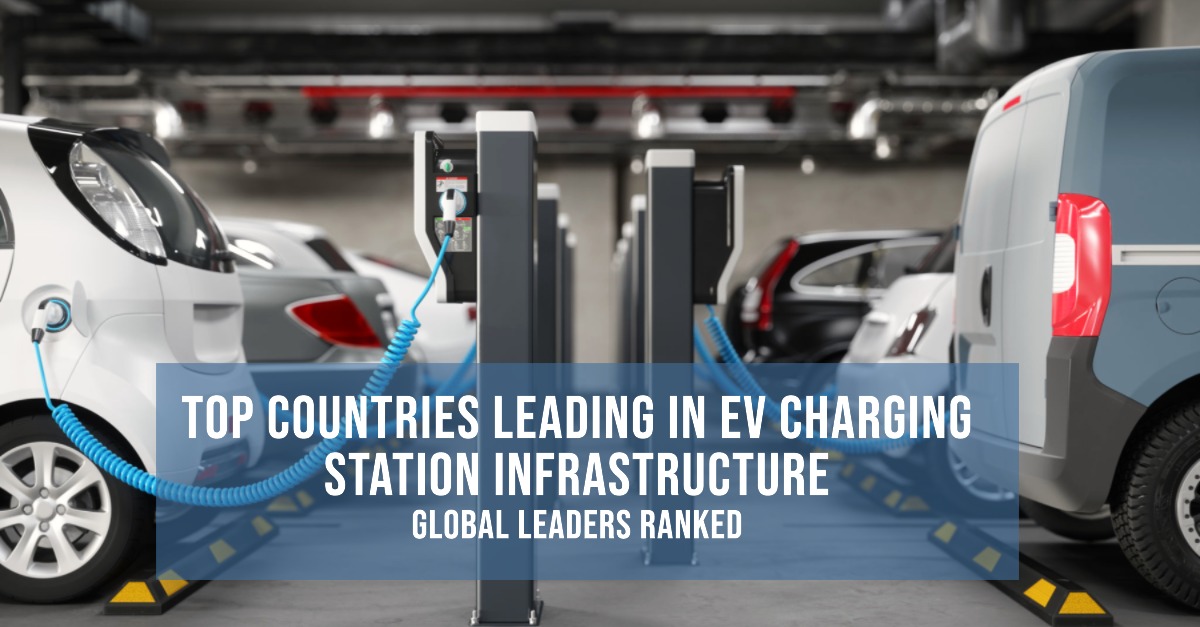
Summer Car Maintenance Checklist
While car maintenance isn’t seasonal, you need to take special care of your vehicle in Summer.
According to a study, the risk of car crashes in Australia significantly increases by 2.9 during heat wave days.
As the weather gets hotter, it’s important to consider the best ways to take care of your commercial vehicle in the scorching heat. And it’s not just about putting up a shield to block the sun and hoping everything will turn out fine.
This blog will guide you through everything you can do to ensure your commercial vehicle is ready for the summer.
So, without further ado, here are some crucial summer car maintenance tips to ensure you don’t get caught in the emergency lane waiting for a tow.
Summer maintenance tips for your commercial vehicle
If you are wondering, What should I check in my car in the summer? here’s a detailed checklist for you:
1. Air conditioning system
Air conditioning is really helpful when it’s scorching in the summer. It keeps your commercial vehicle cool by blowing cold air inside. During the winter, you probably didn’t use it much, and there might be leaks that let the cooling gas escape. It’s disappointing to turn on the air conditioning when needed and find out it’s not working well.
It’s best to take your vehicle to a commercial vehicle mechanic and get any leaks fixed. Even though you can buy products to fix leaks from car accessory stores, you might make things worse if you need to know what you’re doing.
If you find a leak in your air conditioning system, it’s important to have a skilled mechanic fix it before refilling the system. Even if you don’t need to use the air conditioning in colder months, it’s a good idea to test it every 4 weeks to make sure it works properly all year round.
2. Clean air filters
In fall and winter, a lot of stuff can get stuck in the air filters and make them clogged. Usually, it happens because leaves and other organic stuff start to break down. These clogs don’t just block the air filters, but they can also clog the nozzles that spray water on the windshield. Many newer cars also have filters that get rid of pollen and pollution. As such, it’s wise to check those too.
Start by clearing away any visible dirt or objects that are blocking the air filters. If the air filter appears clogged, remove it and use compressed air to clean it thoroughly. Avoid using water because it can make dirt stick to the filter when you put it back.
Some newer commercial cars have cabin filters, which are usually easy to remove and clean. It’s also a good idea to check and remove any dirt or debris from these filters. If you need help cleaning the filters yourself, take your car to a technician who can do it for you.
3. Use a good UV protective wax
During the hottest part of summer, the strong sunlight can make your car’s paint fade quickly. The sunlight also makes the car get hotter, both on the outside and inside. To protect your commercial vehicle, using a special wax that blocks the sunlight can help keep it cooler and stop any damage from happening.
Putting anti-UV wax on your vehicle is easy. First, clean it well and then use a liquid wax wash. Some car cleaning products have UV protection, especially in car washes. Using an anti-UV wax or shampoo has a big advantage: it protects the windows from harmful UV rays, so the people inside the car are safer. For the best results, use a UV wax or shampoo every 4 weeks during the summer.
4. Inspect your cooling system
Staying cool in the summer is good for us and our vehicles, too. The coolant system stops the engine from getting too hot and keeps the inside cool. Nobody wants to be too hot in their car or have their vehicle get too hot in the hottest part of summer.
Start by checking the amount of coolant fluid and add more if needed. After filling up the coolant, inspect the coolant reservoir and the hoses. Ensure no leaks exist, especially where the engine block and hoses connect. It’s also a good idea to occasionally squeeze the coolant hoses.
It might be time to replace them if they feel very soft or squishy. The hoses should feel firm when squeezed and not be too flexible. Still, if you find any issues, consult a commercial vehicle mechanic.
5. Refill other important fluids
When getting your commercial vehicle ready for the summer, it’s a good idea to inspect it carefully. One important thing to check is the fluids that your car needs. This includes windshield washer fluid, power steering fluid, brake fluid, and oil.
Car owners must often remember the fluids for their cars to work properly. Remember that these fluids are used all year round and get used up over time.
Start by checking the amount of oil in your car using the dipstick. If the oil levels are low, add more good quality oil instead of a cheap one. After checking the oil, fill up the container for your windshield washer fluid and add a cleaning solution that can resist UV rays.
To know if your brake fluid is running low, pay attention to how your brakes feel when you use them. If they feel soft or less effective, you might need to have a process called system bleeding done before changing the brake pads.
6. Check tyre pressure
The air in your tyres gets bigger and smaller as the weather changes. When it’s colder, you must add more air to your tyres. In warmer months, the air inside the tyres expands. If you’d added too much air during winter, it could make your tyres have less grip on the road. Changing the tyre pressure makes you safer when you’re driving.
The easiest way to change your tyre pressure is by going to a gas station and using the air refill machines. Before you do that, check your commercial vehicle’s manual to determine the best pressure level based on the temperature and weather.
Once you have that number, enter it on the machine’s digital display, which will take care of the rest. If you’re doing it manually at home, use a foot pump with a pressure gauge and be careful not to overfill the tires. Generally, the pressure is lower during summer and increased during winter.
7. Do a thorough interior cleaning
Even if you clean your car often, it’s amazing how much dirt and mess can accumulate inside over time. In the colder months, this isn’t a big issue. But during the hot summer, various types of debris can decay and become unpleasant.
There’s also a higher chance of things catching fire because the windows can intensify the sun’s rays. That’s why removing any garbage from your car and thoroughly cleaning it is important.
It’s a great idea to clean your car inside and out. Start by cleaning up any trash or personal items in the interior. After that, a vacuum will be used to clean the seats and floor. Then, clean the windows, dashboard, and leather seats using a special cleaner that protects against UV rays.
Make sure there are no flammable items like deodorant cans or air fresheners in the trunk. Lastly, take your car to a nearby car wash and get it cleaned thoroughly using car wash products.
8. Replace old batteries
Your car’s battery provides the power to make your engine and all the electrical stuff work. Changing your battery every three years is a good idea, so your vehicle doesn’t have to work too hard and get too hot.
Really hot or really cold weather can make your battery wear out faster. So, having a professional check your battery twice yearly is a good idea to ensure it’s still in great shape.
9. Install sunshades
The sun can make the inside of a car very hot, even in spring and autumn. The temperature inside a car can go higher than 50 degrees Celsius. Sun shades can stop some of the heat from getting into the car, which makes it cooler inside. They also protect the dashboard and seats from getting faded by the sun.
You can easily find sunshades in many stores across the country. They come in different materials, with aluminium sunshades being the most effective. Installing sun shades in your vehicle is a simple process using suction cups attached to the back of the shade.
Using sun shades’s a good idea even when your vehicle is parked in a shaded area. Make sure to put them on the windows in the evening to prevent your car from getting too hot in the morning sun. When you’re not using the sunshade on the windshield, you can store it in the trunk.
The Takeaway
In conclusion, a summer car maintenance checklist is essential for ensuring smooth and hassle-free travels during the warm months. By following the checklist, which includes checking the cooling system, inspecting tyres, replacing old batteries and maintaining proper fluid levels, drivers can increase their commercial vehicle’s reliability, safety, and overall performance. All this allows them to enjoy their summer adventures on the road fully.



